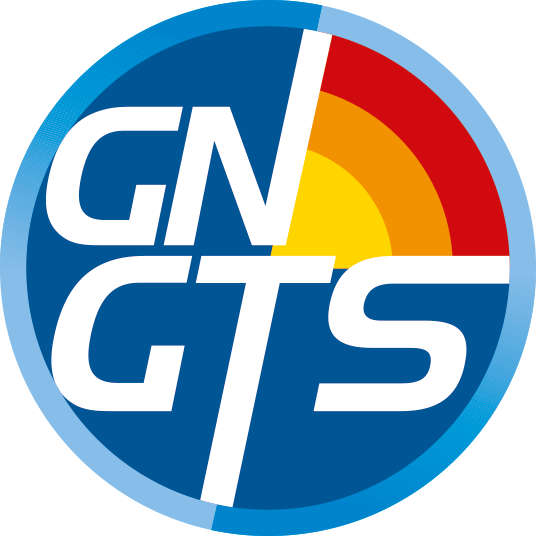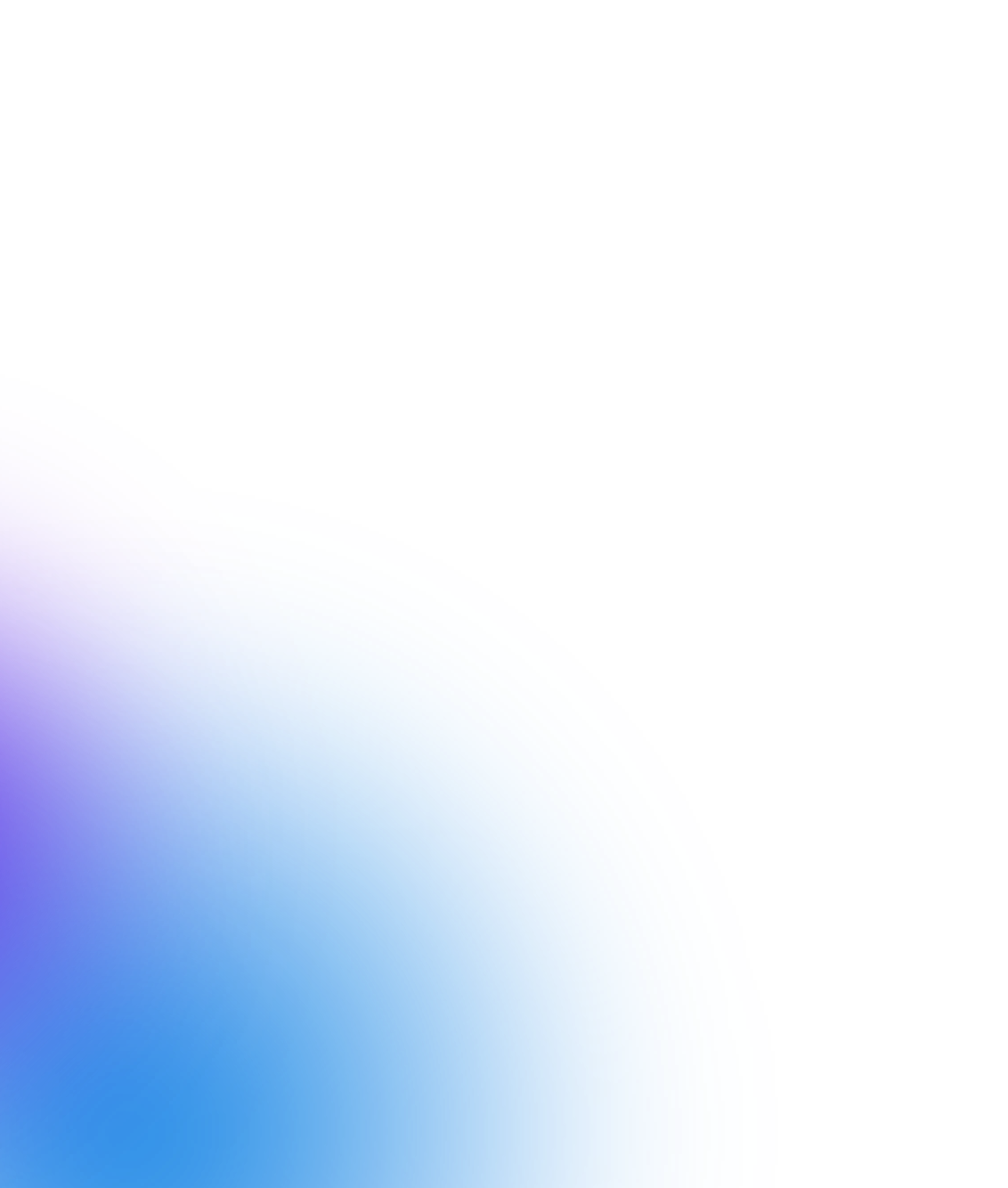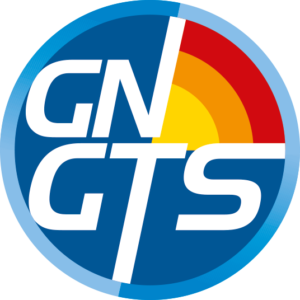APPLICATIONS: ENERGY, ENVIRONMENT, TECHNOLOGIES
Session 3.1
Energy transition and resources
Convenors of the session:
Michela Giustiniani (OGS) – mgiustiniani@ogs.it
Paolo Mazzucchelli (Aresys) -paolo.mazzucchelli@aresys.it
Vincenzo Lipari (PoliMi) – vincenzo.lipari@polimi.it
Contributions recommended for this session:
- Innovative geophysical technologies;
- Integration of geophysical methods;
- Petrophysical characterization of the subsurface;
- Geophysical data processing;
- Geophysical borehole logging;
- Geophysics to characterize georesources (i.e., Oil & gas, mining, geothermal, water);
- Geophysics for reaching the net zero carbon (i.e., CCS, hydrogen storage);
- Artificial intelligence techniques applied to Geophysics;
- Natural Hazard;
- Case studies.
Geophysical prospecting is widely used to both identify and store natural resources underground.
Different investigation techniques characterize the subsurface with different resolutions and at
different depths, such as reflection and refraction seismic, gravimetric, magnetic, electrical methods.
These technologies and tools also contribute to the mix of strategies to address anthropogenic CO2 emissions and to achieve net-zero carbon emissions goals.
The session welcomes contributions that illustrate methodological innovations, processing methods, case studies and applications in the fields of exploration of georesources, as well as in the field of resource and greenhouse gas storage.
Session 3.2
Near surface geophysics
Convenors of the session:
Emanuele Forte – eforte@units.it
Michele Cercato – michele.cercato@uniroma1.it
Cesare Comina – cesare.comina@unito.it
Contributions recommended for this session:
- Innovative geophysical techniques;
- Quantitative data integration;
- Geophysical data processing;
- Geophysical modeling;
- Time-lapse geophysical approaches;
- Geophysics for hydrogeological properties and hydrological dynamics (Hydrogeophysics);
- Geophysics for biological interactions (Biogeophysics);
- Geophysics for cultural heritage (Archaeogeophysics);
- Geophysics for environmental risks (Environmental Geophysics);
- Geophysics for applied geology and engineering (Engineering Geophysics).
There is a growing need to quantitatively characterize the near surface and related anthropic structures, providing a reliable estimate of their geometric, mechanical and hydraulic characteristics through the use of high-resolution, environmentally and economically sustainable techniques.
This session is open to contributions that illustrate methodological innovations, processing methods, case studies and applications of different geophysical methods, typically at high resolution, in all the above mentioned fields.
Session 3.3
Theoretical and methodological development in geophysics
Convenors of the session:
Andrea Tognarelli – andrea.tognarelli@unipi.it
Nicola Bienati – Nicola.Bienati@eni.com
Gianluca Gola – gianluca.gola@igg.cnr.it
Contributions recommended for this session:
- Theoretical Developments in Applied Geophysics
- New Technologies and Methods
- Geophysical Data Modelling and Inversion
- Novel Geophysical Acquisition and Processing Techniques
- Non Standard Applications in Geophysics
- Geophysical Data Integration and Interpretation
- Development and Application of Machine Learning Techniques and Data Analytics for Geophysical Data
- Geophysics for Sustainable Energy Development
The session is focused on the theoretical and methodological development in geophysics. Novel approaches and new techniques related to digital data (seismic, electromagnetic, potential field) processing as well as the results of their application to specific case studies fit this session. Contributions that present innovative acquisition procedures (remote, superficial and in-situ), treatment, inversion and integration of geophysical data and multiphysics numerical modeling are accepted in this session. The session promotes multidisciplinarity and encourages the dissemination, comparison and technological transfer of innovative methods and technologies in the entire geophysical community.


